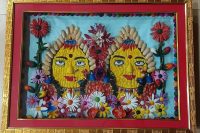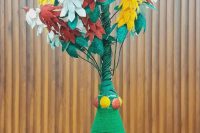Welcome to Sericulture Department Uttarakhand
Sericulture is the practice of cultivating silkworms and harvesting their silk. It is an ancient art that has been practiced for thousands of years in various cultures around the world. The primary purpose of sericulture is the production of silk, a valuable and luxurious textile. Step into the vibrant world of silk with the Uttarakhand Department of Sericulture. We’re your go-to place for everything silk in the heart of the Himalayas. Get ready to explore the tale of silk! From the traditional art of sericulture to the latest in silk tech, we’re weaving together a rich tapestry of silk culture. Come on, let’s embark on this silk journey together!
Here are the key steps involved in sericulture:
Silkworm Rearing: The process begins with the hatching of silkworm eggs. The larvae (caterpillars) that emerge from the eggs are fed mulberry leaves. Silkworms eat voraciously and undergo several molting stages as they grow.
Cocoon Formation: Once the silkworms reach maturity, they spin protective silk cocoons around themselves. The silk is produced from the silk glands located in their heads. The spinning process takes a few days, during which the silkworm secretes silk in a continuous thread.
Harvesting the Cocoons: After cocoon formation, the silkworm pupates inside. To harvest the silk, the cocoons are carefully collected. However, this process must be done before the pupae transform into moths, as the emerging moth would break the silk thread.





![IMG-20251009-WA0004[1]](https://cdnbbsr.s3waas.gov.in/s370c445ee64b1ed0583367a12a79a9ef2/uploads/2025/10/202510091376815115.jpg)
















